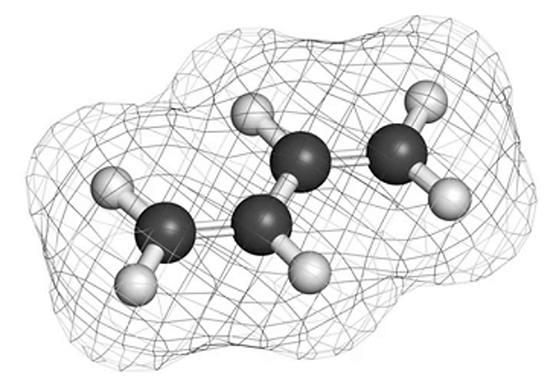Determination of Copolymer Compositions
In the scientific and industrial fields, in order to prepare copolymers with the same characteristics, it is necessary to analyze their structure.
High-resolution NMR analysis is particularly effective in the study of copolymers. It can reveal many structural and sequence details, which cannot be detected by any other method. An important method for analyzing copolymer composition is 1H NMR, which is usually more accurate than other traditional analysis methods (such as elemental analysis).

As an expert in the field of nuclear magnetic resonance, Creative Biostructure provides customers with the analysis service of the homogeneity, regularity and proportion of each monomer in the copolymer based on 1H NMR. Our service aims to help customers with the preparation and optimization of copolymers.
Achievable Goals
Relying on our desktop NMR technology platform, the contents we can analyze include but are not limited to:
The degree of completion and uniformity of the reaction were observed through the well-defined analytical lines between the broad polymer resonances.
- The relative composition of structural components is quantified by predefined integral regions.
- Quantify the relative percentage of structural isomers (e.g., branched versus linear).
- Analysis of comonomer sequence and stereochemical sequence.
- Observe the existence of stereoisomers and determine the stereoregularity of polymers.
- Characterize the type and quantify the relative number of different structural units.
- The average molecular weight (Mw), molecular weight (Mn) and polydispersity index (PDI) of the polymer were determined.
Our composition analysis technology can be applied to any copolymer, ternary copolymer, or homopolymer with various structural isomers, provided that the appropriate number of resonance peaks can be clearly allocated to at least one proton of each structure. The accuracy depends on the relative isolation of these selected peaks.
Proportion Analysis Service of Monomer in Copolymer
The properties of copolymer are determined by the characteristics and proportion of their constituent monomers. Therefore, the characterization of the properties, molecular weight and proportion of each monomer is crucial for the preparation of the copolymer and the adjustment of the overall properties.
To this end, we will determine the molar ratio of each repeating unit for customers through NMR. In the process of experiment and data analysis, we will set the integrals of monomer signals related to each other and consider the number of protons in each integral region.
Calculation steps
1H NMR is a useful tool for calculating the monomer ratio in copolymers. As shown in the following example, this method can be used even when the proton signal of the repeating unit overlaps, as long as there is a clear and identifiable signal from the repeating unit.
(1) Calculate the relative mole number of monomer A
Signal for locating protons representing A monomer residues
Calculate the relative molar number of polymer A
= the integral of residual protons of monomer / the number of residual protons
(2) Calculate the relative mole number of monomer B
Signal for locating protons representing B monomer residues
Calculate the relative molar number of polymer B
= the integral of monomer residual proton / the number of residual protons
(3) Calculate the molar ratio of each polymer

Creative Biostructure is committed to providing high-quality NMR analysis services to advance the life sciences fields. If you have any questions or needs, please contact us and our customer service staff will help you the first time.
Ordering Process
